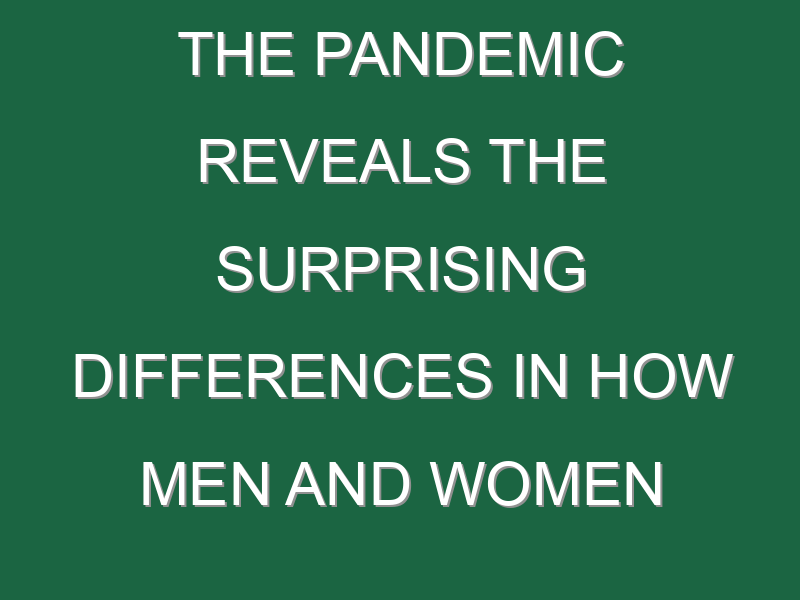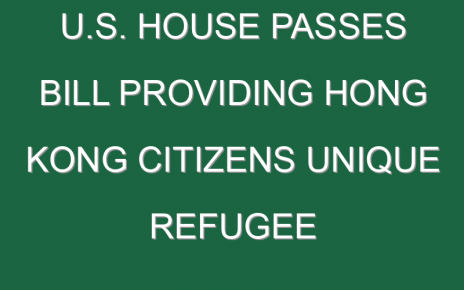Welcome to Worksheet, a newsletter about how people are working smarter in these turbulent times.
Every week, this newsletter will share analysis on the state of work by S. Mitra Kalita, a veteran media executive, author, and journalist.
In this week’s edition, Kalita delves into the surprising ways men and women are networking very differently during COVID.
Caili Elwell is living her best life, despite the pandemic. She runs a brand studio, just moved to Maine and is president-elect of a design networking group.
She spends her days on Facebook and Instagram chatting with fellow “mompreneurs,” as she calls them.” Some turn into clients and others become friends and referrals.
Her husband Douglas, on the other hand, views social media as a way to catch up with family or existing friends versus networking among strangers.
For him, “Facebook is something to decompress. He’s the textbook definition of an introvert,” 29-year-old Caili Elwell says. “I consider it a form of an accomplishment if I can get someone to respond to a cold reachout. He doesn’t like doing that.”
The husband-and-wife pair is a classic case in how men and women are networking very differently through the pandemic. Yale management professor Marissa King is author of the new book, “Social Chemistry: Decoding the Patterns of Human Connection.” Initially basing the work on pre-pandemic research, she revisited subjects after the lockdown and made a stark discovery: Networks had shrunk by 17%—almost entirely among men.
Kalita goes on to break down the differences between ‘segmenters’ and ‘integrators’ as well as how workplaces can—and should—help combat loneliness right now.



